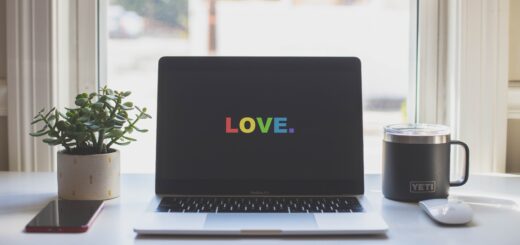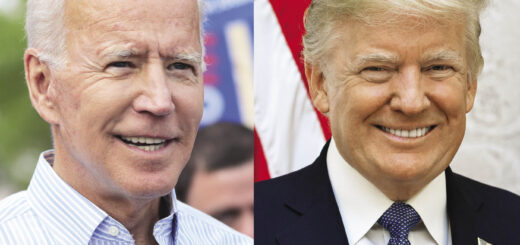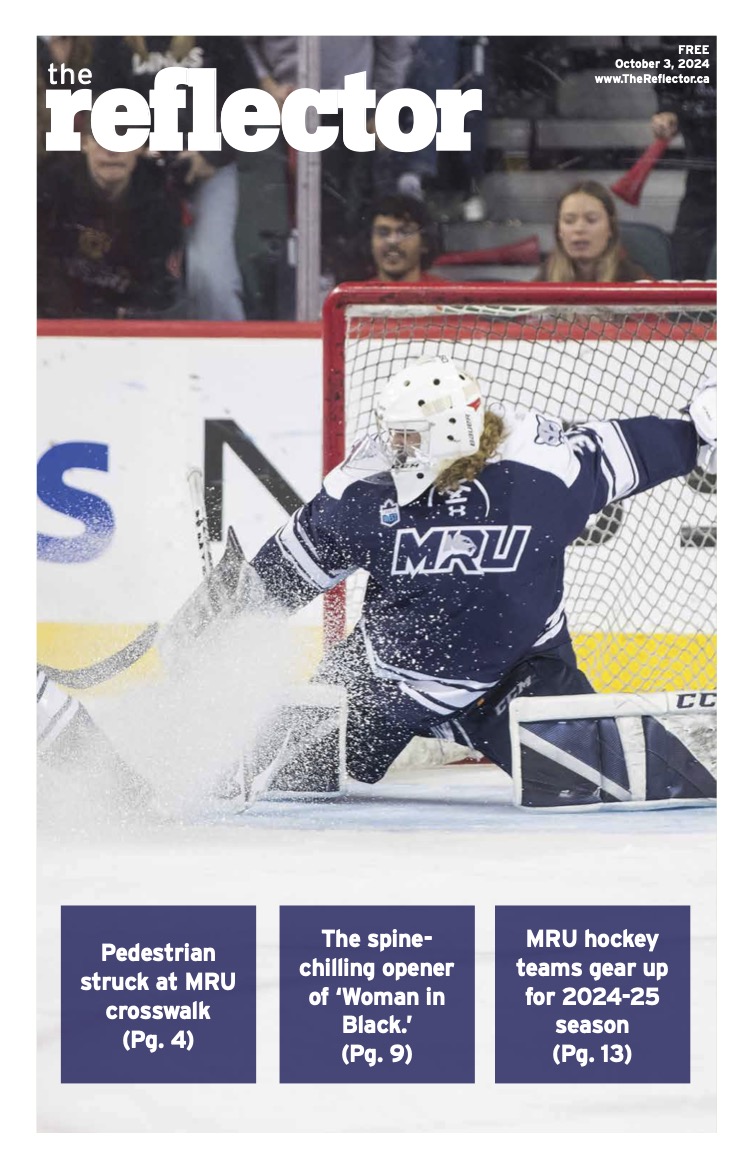Guest Column: Jarett Henderson
Why it’s important for you to get out and vote
For five years I have taught history here at Mount Royal, and the central avenue of historical inquiry in all my classes is the intersection of political and social histories. We ask, “What effect did political decisions have on those who came before us?” “How did individuals respond to the historical and political circumstances in which they lived?”
The Canada of 100 years ago would be unrecognizable to many of us living here today. Large swaths of the population were legally excluded from casting a ballot, even if they desperately desired to do so.
A Brief History of Voting Rights
It was not until 1970, for example, that university students under the age of 21 were able to mark a ballot in a federal election.
To be able to identify and explain how – and in what ways – people and politics were linked historically, thus reminds those of us living in the present of our privilege to take our suffrage seriously.
Arguably, gender, race, and property were the three main categories of difference that established hierarchies among Canadians and limited their access to the politics of the past. The much-celebrated British North America Act explicitly barred women from voting in 1867, and led to a 40-year social and political movement that demanded women be allowed to have their voices heard on the Hustings (what we would today call a polling station). Property restrictions, complicated by differing provincial and federal legislation, further limited the number of men able to vote.
One either needed to own, rent, or have a significant annual income for their vote to be considered worthy in a federal election.
Perhaps the most enduring, and longest lasting legislation in Canada that restricted suffrage, were policies around race. Many of the British colonies that became Canada in 1867 (and after) had already passed legislation excluding Indigenous people from…
voting. These policies were further entrenched in the Indian Act of 1876. And the politics of race also limited the access that Canadians of Chinese, Japanese, and Indian heritage had to democracy.
In fact, it was not until after the Second World War that the Dominion Elections Act removed race as acceptable grounds for banning people from voting.
This change did not apply to Indigenous people, however. It was not until 1960, then, that Indigenous people in Canada were granted the right to vote in federal elections.
Flash Forward To Today’s Elections
Much of this history is lost in the numerous campaigns in Calgary and across Canada that are designed to encourage us to vote.
But this history is important.
To understand why Rick Mercer rants about voting, why grass roots organizations like LeadNow hope to mobilize young Canadians to take the time to mark an “X” on their ballot, and why SAMRU and students’ unions across the country are participating in Get Out The Vote campaigns – we need to know that there was a time when many of us wouldn’t have been able to vote.
Each of these current initiatives, then, is rooted in a history that understands (whether they say it or not) that the vote – and the right to have a say in how your lives are governed – is important. Each and every individual involved in these initiatives should be commended for their effort to encourage us to take our suffrage seriously, as should each of us who vote on October 19, regardless of for whom we vote.
The right to vote, and its accompanying history, reminds us that history matters.
Our Chance to Influence History
It also reminds us that individuals – people like us – make history.
In a federal election like this one that promises to be historic on its own terms, this is an especially important lesson to remember. Canada’s 42nd Federal Election, regardless of the outcomes, will be historic because it is the first federal election that all Millennials – those of us born from the 1980s to the late s – will be able to mark our ballots.
And we’ll be doing so not only as individuals, but also as a generation.
Herein lies the power of the vote. In 2011, as “Harpoon” – one of the partisan campaigns designed to encourage participation – reminds us, less than six million Canadians voted for the current federal government.
To put that in perspective, that is one million fewer votes than the total number of millennials enfranchised in Canada.
It is in the very act of voting, then, that our power to have a voice in how our country operates rests.
It is at the hustings, the very places that have been sites of violence and exclusion in past, that we will have the privilege of making our voices heard.
Compared to the thousands in the past who protested and signed petitions demanding the right to have their vote counted because they were unable to do so, our task – to vote – appears embarrassingly simple by comparison.





